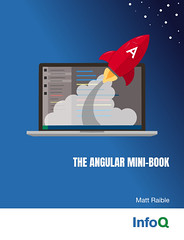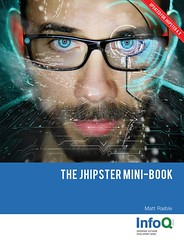RE: Jetty Ant Plugin
It looks like Jetty has a new Plugin for Ant. If you've used the Jetty Maven Plugin, you know this is a slick way to quickly deploy your application. For those of you wondering about Tomcat, there's a similar Tomcat Maven Plugin that supports tomcat:run and tomcat:run-war. However, it's still in Mojo's sandbox.
I'm pumped to see this Jetty task for Ant because I've been thinking a lot about creating an exploded, full-source archetype for AppFuse 2.0. Of course, it's probably possible to start Jetty and monitor your project for changes w/o this task - but it does seem to make things a fair amount easier. If we do a full-source archetype, it makes sense to support Ant as well - especially since we can probably re-use the build.xml from AppFuse Light.
This brings up a related questions I asked on the AppFuse mailing list yesterday:
A couple of questions for folks using (or planning to use) 2.x:
1. As far as archetypes go, are you using basic or modular?
2. If there was a 3rd type of archetype that included the full source (like AppFuse 1.x), would you use it over the existing basic or modular archetypes? If yes, I'm assuming upgrading is not that big of an issue for you?
If you've tried AppFuse 2.x and would like to answer these questions, please add a comment.
There's another questions about Selenium vs. Canoo WebTest in that post, but that's reserved for another entry where I'll talk about Selenium options in Maven 2.






 Even though I managed to get my home network speedy again after my
Even though I managed to get my home network speedy again after my